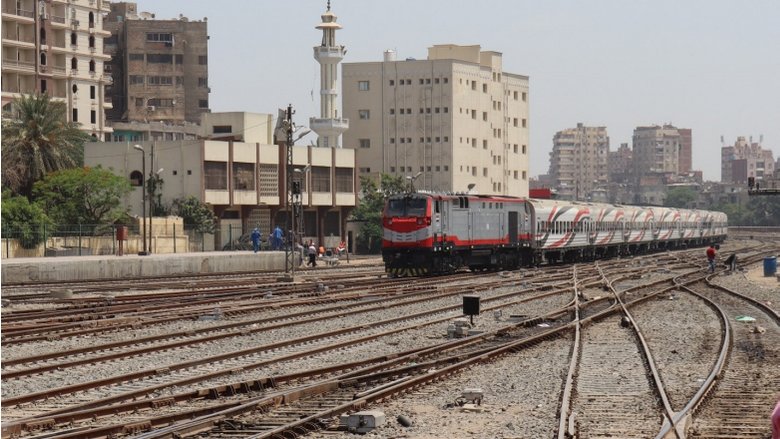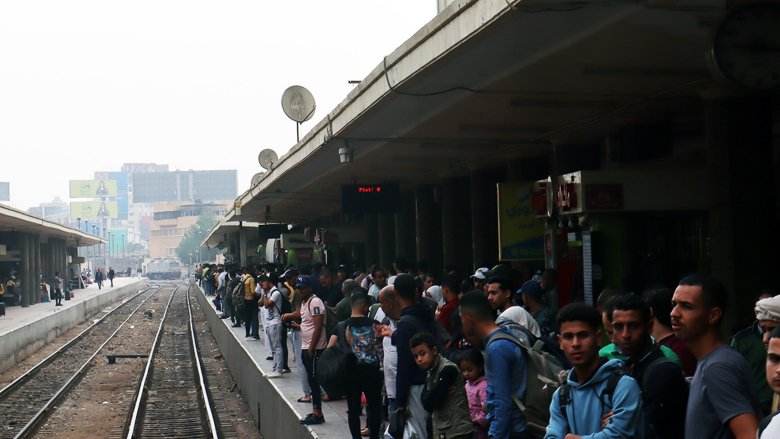Passenger travel from Cairo to Luxor. Getting tourists from Abu Simbel to Aswan. Moving freight from the port of Alexandria to consumers in the Greater Cairo Area and Upper Egypt: Rail travel plays a significant role in the Egyptian economy and is an essential form of transport, moving an average 1.4 million passengers each weekday. Egyptian rail has one of the highest traffic densities in the world, logging about 270 million passengers per year, pre-pandemic. Sixty percent of the 10,000-kilometer network is concentrated in the delta and along the Nile, reaching most of the Egyptian population, including fairly small cities and towns.
Yet despite the major role railways play in Egyptian transport, the rail system falls short in at least two critical areas: passenger safety and moving freight. The World Bank is providing two loans to the Egyptian government to help the Egyptian National Railways (ENR) tackle both of these issues. In particular, a $440-million loan will support safety and service quality improvements along the Alexandria-Cairo-Nag Hammadi railway corridor, while another $400-million project addresses rail logistics.
“Railways are fascinating but involve complex systems. When you try to understand the challenges facing Egypt’s railways, you have to look at all the pieces of the puzzle together: tracks, signaling, stations, rolling stock, safety protocols, staff training, regulation, etc. If any of these components falls short, the entire system suffers,” said Ibrahim Dajani, Practice Manager for Transport in the World Bank’s Middle East and North Africa region. “Our rail projects look at all these elements comprehensively to ensure we can deliver real and lasting improvements.”
Another key objective of the two projects is to reduce the climate and environmental impacts of transport by moving more people and goods from roads to rail—a change that can’t come fast enough. In the Middle East and North Africa Region, air pollution is responsible for 270,000 premature deaths every year, which bear a huge economic cost of around 2 percent of GDP per year. A large culprit of this pollution is transport emissions. In Egypt, the proliferation of private cars, taxis and trucks on the road triggered a 75% increase in transport emissions between 2005 and 2019, demonstrating how rapid motorization comes with serious implications for health and the environment.
Moving freight from trucks to trains
Trucks still move the vast majority of Egypt’s freight, about 96 percent of it. Railways move only about 1.9 percent. Part of the reason is that only three freight trains per direction per day can travel between Alexandria’s seaport and the 6th of October dry port outside Cairo. Capacity constraints on rail, roads, and the Nile River weaken the links between ports, cities, and industrial zones. These kinds of inefficiencies are costly, and improving logistics is necessary to expand trade competitiveness. Further, a lack of targeted regulations distorts the market and gives road transport an unfair economic advantage over rail.
The Bank-supported Cairo Alexandria Trade Logistics Development Project will ease the pressure by co-financing the creation of a railway bypass around Greater Cairo, which will greatly increase network capacity and reduce the competition between freight and passenger services.
The project will also help modernize railway policies and regulations. Right now, publicly-owned ENR is the only operator that can carry freight on the rail network. A new system will change that and allow private operators to use railway tracks in exchange for a toll, which will be paid directly to ENR. By encouraging private operators to enter the freight rail market, these reforms are expected to boost capacity and efficiency across the network.
Together, these initiatives will help improve the rail system and move freight on a larger, more reliable network, cutting transit delays. Egyptian rail has already more than quadrupled the amount of freight it moves to approximately 25 million tons annually, up from 4.6 million tons just five years ago.



